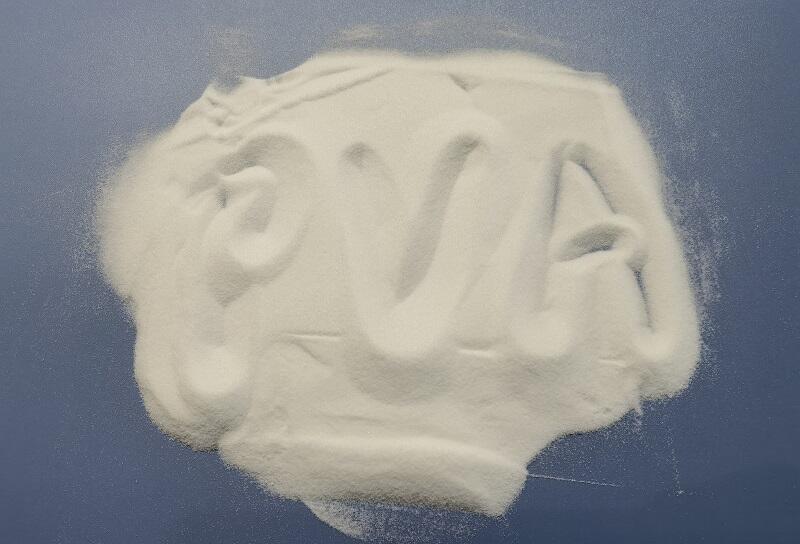Polyvinyl Alcohol (PVA) -SINOPEC SUNDY
Description
Overview
The method comprises the following steps of: adopting a calcium carbide acetylene method production process and a fixed bed synthesis reactor to produce vinyl acetate; adopting vinyl acetate as a raw material, methanol as a solvent, azobisisobutyronitrile as an initiator, adopting a free radical solution polymerization mode, and adopting an anhydrous low-alkali belt alcoholysis mode to produce polyvinyl alcohol; and carrying out crushing, pressing, drying, packaging and the like to obtain the product.
Product Details
Chemical name: Polyvinyl Alcohol(PVA)
Molecular formula: -[CH2CH(OH)]n
Packing density: 0.4-0.5 g/ml
General properties
Solubility:
It is soluble in water, transparent aqueous solution. Its solubility is mainly determined by the degree of polymerization and alcoholysis. With the decrease of alcoholysis degree, the water solubility increases and the dissolution temperature decreases correspondingly. The water solubility is the best when the alcoholysis degree is 88%. PVA can be dissolved in polar solutions containing hydroxyl groups (glycerol, ethylene glycol, acetic acid, acetaldehyde, etc.), but it is easy to gel, insoluble in general non-polar organic solvents and inorganic acids (H2SO4, HCl, etc.)
Film-forming properties:
PVA aqueous solution is easy to form film, the film formed is colorless and transparent, has good mechanical strength, and has a smooth surface without stickiness. The film can transmit water vapor, but the permeability of hydrogen, oxygen, carbon dioxide and other gases is very low, and the change of external temperature has little effect on the film.
Adhesion:
PVA aqueous solution can bond with fiber, wood, paper and other porous substances with good adhesion.
Miscibility:
PVA and starch, gum, synthetic resin, cellulose derivatives and various surfactants can be miscible and have good stability.
Chemical resistance:
At normal temperature, the pH value of PVA aqueous solution is generally about 5-7, the viscosity is stable, almost unaffected by weak acid, weak base or organic solvent (ester, ketone, higher alcohol, hydrocarbon), oil resistance is extremely high, but can be decomposed by peroxide such as H2O2.
Heat resistance:
PVA is softened by heat. When heated to 130~140℃, its properties hardly change, only the color turns yellow. Long-term heating at 160℃ darkens the color. At 200℃, intermolecular dehydration and water solubility decrease. At temperatures above 200℃, intramolecular dehydration occurs. Close to 300℃, completely decomposed into water, acetic acid, acetaldehyde and crotonaldehyde (in the sizing drying process without adverse effects).
Color rendering:
PVA can react with dyes Congo red, iodine, copper hydroxide, boric acid and salt to form molecular adducts, which can be used to identify desizing and cleaning degree and distinguish PVA with different alcoholysis degree.
Product Summary
Item |
Hydrolysis (mol%) |
Viscosity (mpa.s) |
Volatile (%≤) |
Ash (%≤) |
PH (Value) |
086-03 |
85.0-87.0 |
3.4-4.2 |
≤5.0 |
≤0.4 |
5~7 |
088-05 |
87.0-89.0 |
4.5-6.0 |
≤5.0 |
≤0.5 |
5~7 |
098-05 |
98.0-99.0 |
5.0-6.5 |
≤5.0 |
≤0.5 |
5~7 |
088-08 |
87.0-89.0 |
8.0-10.0 |
≤5.0 |
≤0.5 |
5~7 |
098-08 |
98.0-99.0 |
9.0-11.0 |
≤5.0 |
≤0.5 |
5~7 |
088-20 |
87.0-89.0 |
20.5-24.5 |
≤5.0 |
≤0.4 |
5~7 |
092-20 |
91.0-93.0 |
21.0-27.0 |
≤5.0 |
≤0.5 |
5~7 |
094-27 |
94.0-96.0 |
22.0-28.0 |
≤5.0 |
≤0.5 |
5~7 |
096-27 |
96.0-98.0 |
23.0-29.0 |
≤5.0 |
≤0.5 |
5~7 |
100-27 |
99.0-100.0 |
22.0-28.0 |
≤5.0 |
≤0.7 |
5~7 |
088-35 |
87.0-89.0 |
29.0-34.0 |
≤5.0 |
≤0.3 |
5~7 |
092-35 |
91.0-93.0 |
30.0-36.0 |
≤5.0 |
≤0.3 |
5~7 |
100-35 |
99.0-100.0 |
35.0-43.0 |
≤5.0 |
≤0.7 |
5~7 |
088-50 |
87.0-89.0 |
45.0-55.0 |
≤5.0 |
≤0.3 |
5~7 |
098-60 |
98.0-99.0 |
58.0-68.0 |
≤5.0 |
≤0.5 |
5~7 |
100-60 |
99.0-100.0 |
58.0-68.0 |
≤5.0 |
≤0.7 |
5~7 |
100-70 |
99.0-100.0 |
68.0-78.0 |
≤5.0 |
≤0.7 |
5~7 |
Product Application
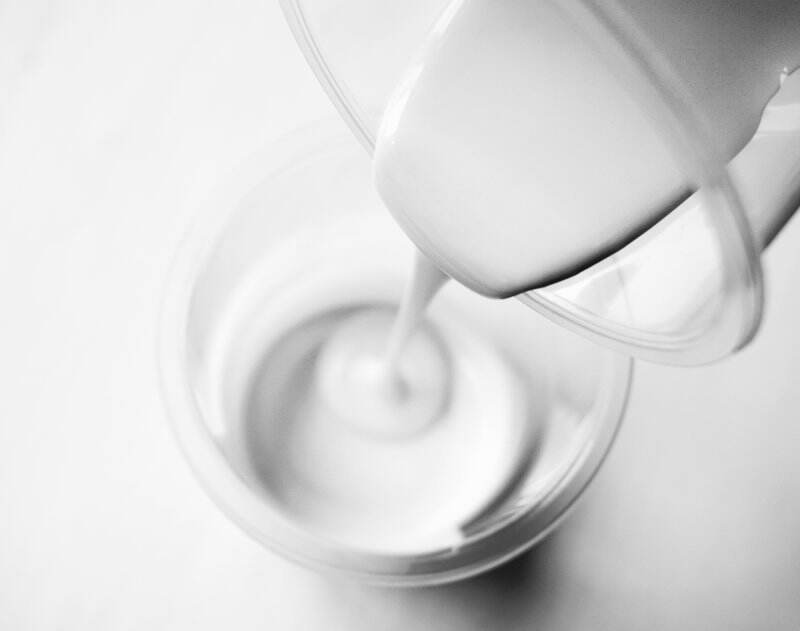
Adhesive
Polyvinyl alcohol in adhesives has become a multi-scenario bonding solution through the three-in-one mechanism of "polar adhesion-film enhancement-chemical modification". Its core value lies in safety and environmental protection, broad-spectrum bonding, and easy modification, and it is especially suitable for cellulose substrates.
Coating
Polyvinyl alcohol has become a "performance bridge" in the coating system through the four mechanisms of film-forming reinforcement, interface bonding, construction optimization and functional modification. Its core value lies in the balance of rigidity and flexibility (improving the crack resistance and adhesion of the coating), water-air regulation (considering both waterproof and breathable requirements), and environmental protection and economy (non-toxic, biodegradable, and reducing the amount of emulsion). The selection needs to be combined with the application scenario.
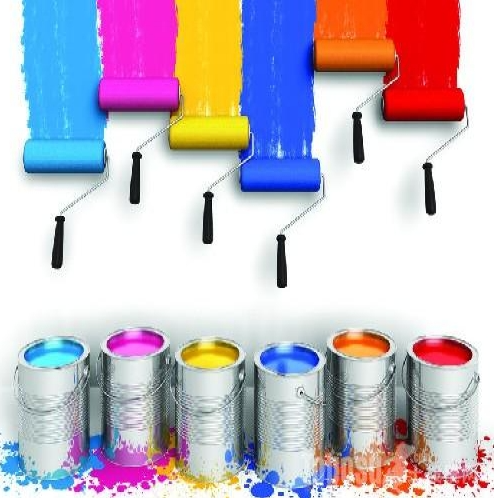
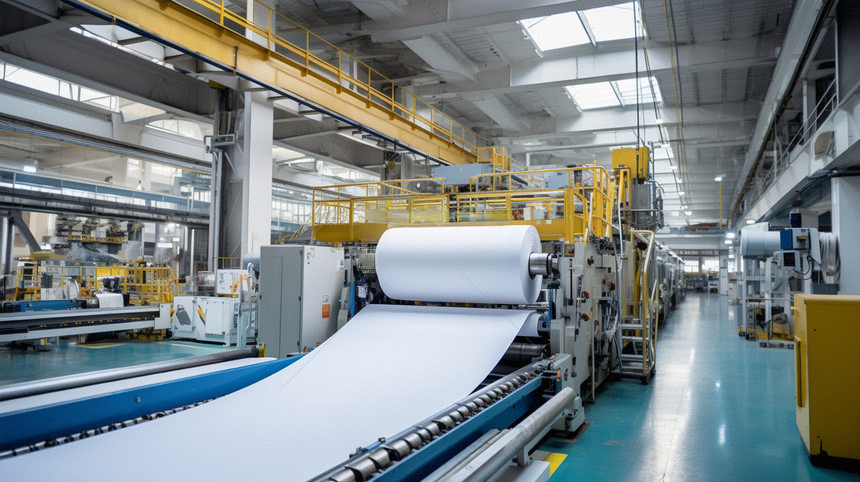
Paper Processing
In paper processing, polyvinyl alcohol becomes a multifunctional additive that improves the comprehensive performance of paper through the three-in-one mechanism of "surface film formation-pigment bonding-fiber reinforcement". It has great advantages in terms of strength, printability, water resistance and environmental protection, and is especially irreplaceable in high-end paper and specialty paper.
Warp Yarn Sizing
Polyvinyl alcohol is used as a sizing agent to enhance yarn strength and abrasion resistance, reduce yarn breakage rate during weaving, and improve textile quality.
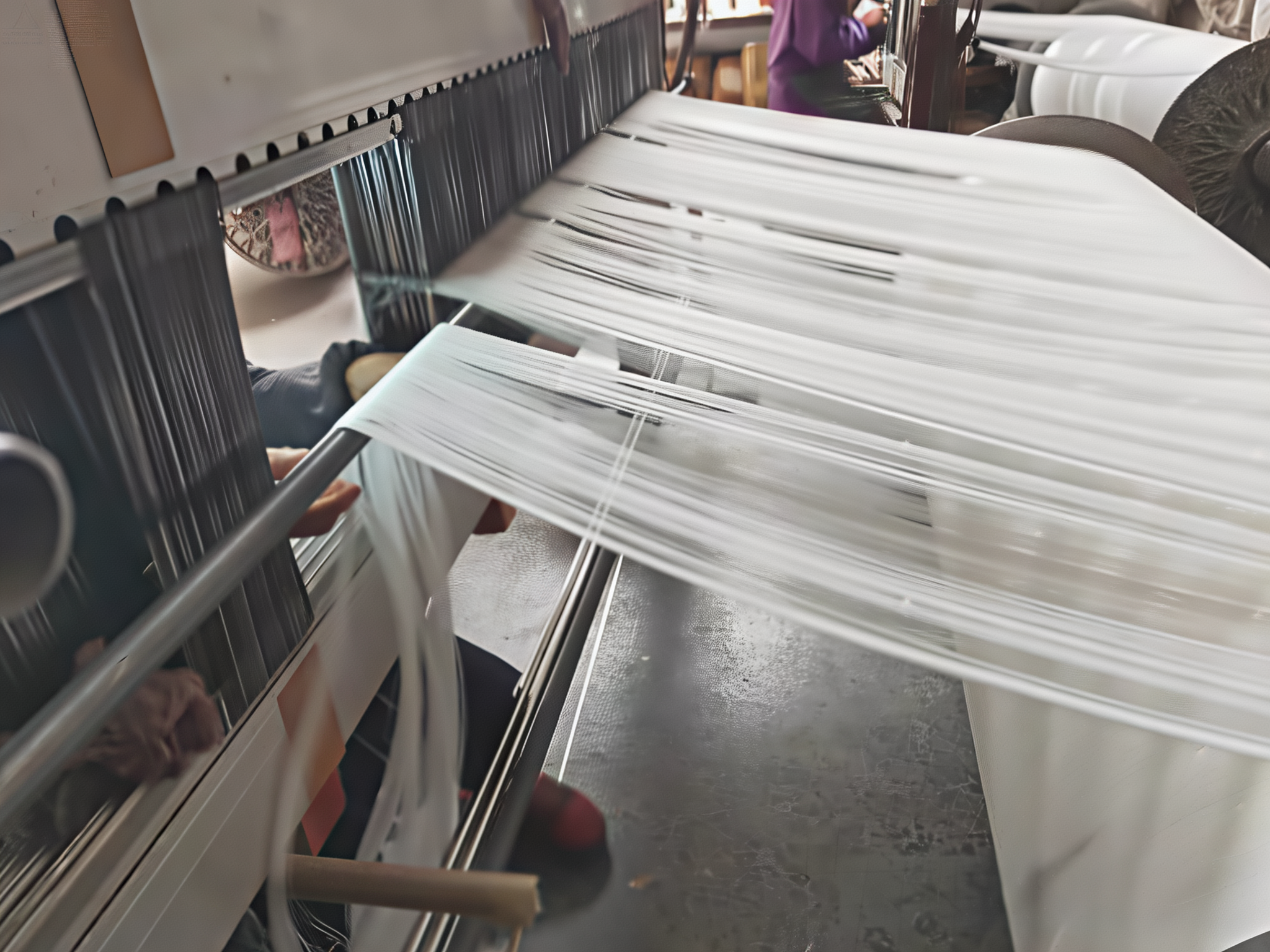
Packages
20 kg/bag, 25 kg/bag.
Storage
PVA should be stored in a dry, well-ventilated room at room temperature 5-30℃. Do not approach heat sources, prevent moisture, avoid sunlight exposure. It is forbidden to store together with volatile chemicals to prevent adsorption deterioration.
Transportation
PVA products should be transported with clean covered transportation vehicles to prevent moisture, rain and sun. Handle them gently to prevent scratching or breaking the package.
Hazard summary
Health hazard: Harmful by inhalation, ingestion or absorption through skin, irritating to eyes and skin.
Explosion hazard: This product is flammable and irritating.
First-aid measures
Skin contact: Take off contaminated clothes and rinse with flowing water.
Eye contact: Lift the eyelids and rinse with flowing clean water or normal saline and get medical attention.
Inhalation: Leave the site to fresh air. In case of dyspnea, give oxygen and get medical attention.
Ingestion: Drink enough warm water to induce vomiting and get medical attention.
Fire protection measures
Dangerous characteristics: Powder and air can form explosive mixture, when reaching a certain concentration, it will explode in case of sparks. Decompose on heating to produce flammable gases.
Extinguishing agent: Water, foam, dry powder, carbon dioxide and sandy soil.

